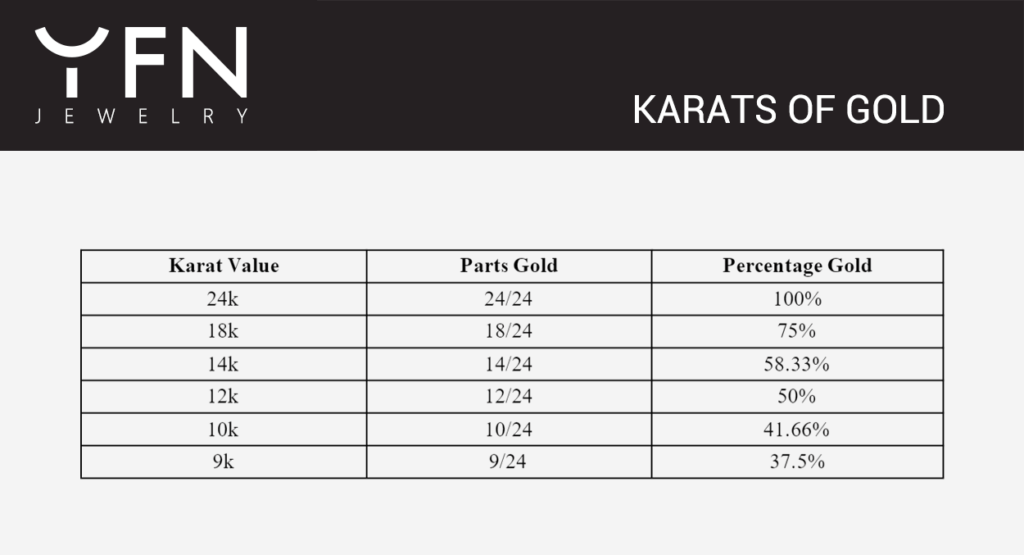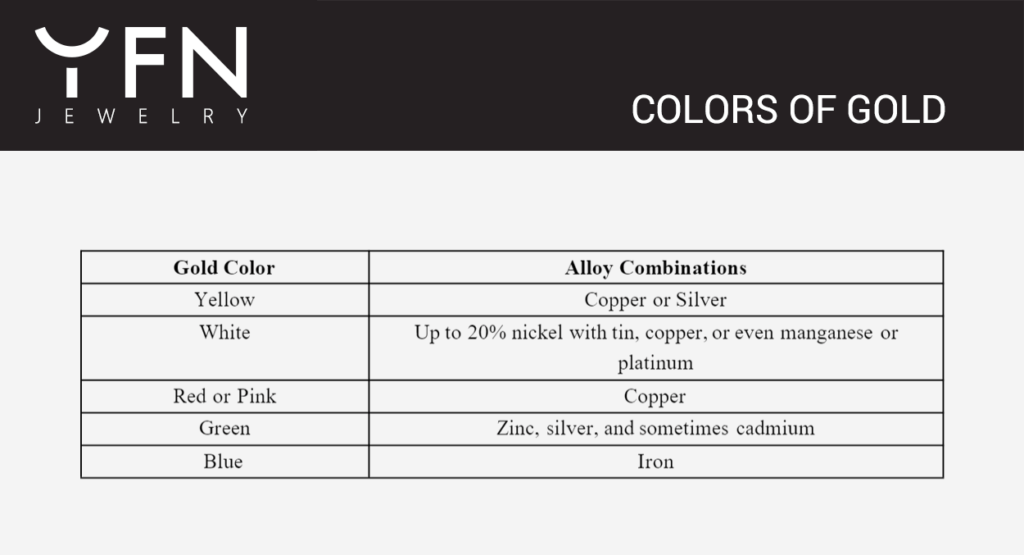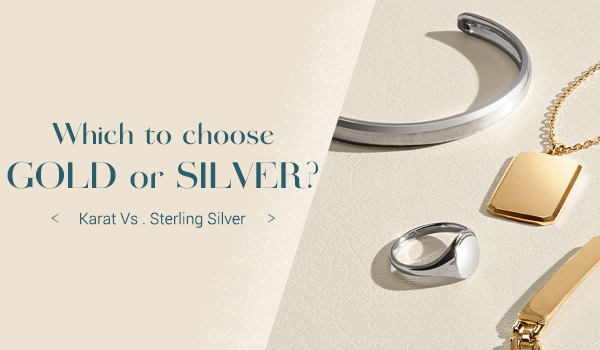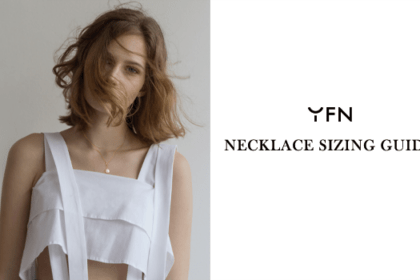There are plenty of different jewelry materials that you can choose from, but the most popular are gold and silver. Each of them has its own beauty, characteristics, applications, and value. Plenty of factors come into play when buying either of these options, and we are sharing all the information you need to make your decision. Stay until the end to read about how to clean gold and tips about Cleaning Silver and Turquoise Jewelry.
Understanding Gold Jewelry and Its Characteristics
Historically speaking, gold has had the most appeal due to its beautiful color and appearance. However, it is also coveted for its physical properties and workability. Not only does gold not rust or corrode under natural conditions, but it is also extremely malleable and easy to design intricate shapes with.
In fact, it is almost impossible to use pure gold for making any jewelry as it would not survive daily wear and tear. To make it durable for daily use, different metals are added. This is also where the purity factor comes into play. The purity level in gold is measured in karats and is often written as “k” or “kt.”
Karats of Gold and Their Meaning
The purity of gold starts at 24 karats which represent 100% pure gold and goes down to 9 karats in jewelry. Each level represents a specific percentage of purity which is then mixed with different, generally cheaper metals for hardness. Since the metals used as mixing elements are generally cheaper, you can also see the value of the gold drop as the purity decreases.

Color Impact of Different Materials on Gold
The most recognized color for gold is yellow which is typically found in jewelry made from 18k gold. At this level of purity, the added metals can impact the color of the gold depending on their combination and the percentage in the alloy formed. Some of the most common colors that you can see gold jewelry in have been shared in the table below, along with their metallic combination:

Smaller Karats and Their Impact on Jewelry
One more thing to keep in mind is that the less gold there will be, the more it will impact its strength and looks. As you go down in purity, the beautiful yellow shine that gold has starts to fade. This is especially noticeable in jewelry made using 9k and 10k gold. Since the items are less than half gold, you can see a significant change in their color purity and beauty.
In addition, the jewelry will also be much more prone to exposure to environmental impacts as the metals mixed in with the gold will react to the environment. However, these jewelry items are much cheaper to buy and can be a good option if you can keep them safe from physical damage and use them with care.
Interestingly, there is a polar opposite of this configuration available too now where jewelers are making strong jewelry by mixing 99% gold with 1% titanium.
Characteristics of Silver and Its Uses
Silver may be a cheaper metal these days but there were times in history when people valued it more than gold. Silver has also played many other roles, including currency at a much larger scale than gold. It is also used in many industrial, commercial, and daily use products and applications such as creating magnetic strips, inside batteries, glass defogging products, and photography, among other things.
Of course, the most curious case for silver is still its jewelry and just like gold, it also has multiple types. Pure silver is never used in jewelry making and this is for the same reason as gold; it is just too soft. In fact, it is even softer than gold which is why jewelers do not use it at all.
Silver Marks and Fine Silver Content
Silver is used in jewelry making and is often referred to as Fine Silver it is basically a grade scale that defines the percentage of purity that the silver has. The purity can be changed to form different alloys, which also impacts how the silver will be used.

The marks mentioned above are usually stamped on the jewelry to tell the viewer about their purity. In the United States, jewelers and companies selling silver are required by law to stamp their silver with its purity mark.
Sterling Silver and Jewelry
Of all the different types of silver, the most popular for making jewelry making is sterling. It has a good purity level while also retaining a reasonable strength to sustain daily wear and tear. On the other hand, silver’s low value also means that the quality acceptance level is much higher when compared to gold. Any alloy with less than 90% silver content in it is simply treated as low-quality. These cheaper versions are particularly popular for making jewelry items to be sold to tourists in Europe, South America, China, and Southeast Asia. Any jewelry made using sterling silver has 925 stamped on it.
Cleaning Silver and Turquoise Jewelry
Make a Baking Soda Bath and use silver polishing Clove!
- Place a sheet of aluminum foil in a bowl.
- Mix about 1 tablespoon of baking soda into a quart of hot water.
- Place your Turquoise jewelry for 0.5 hours in the bowl.
- Take out your sterling silver rings with stones and buff them gently, with a dry cloth.
- Silver tarnish can be cleaned using commercial polish which removes tarnish and protects the silver.





